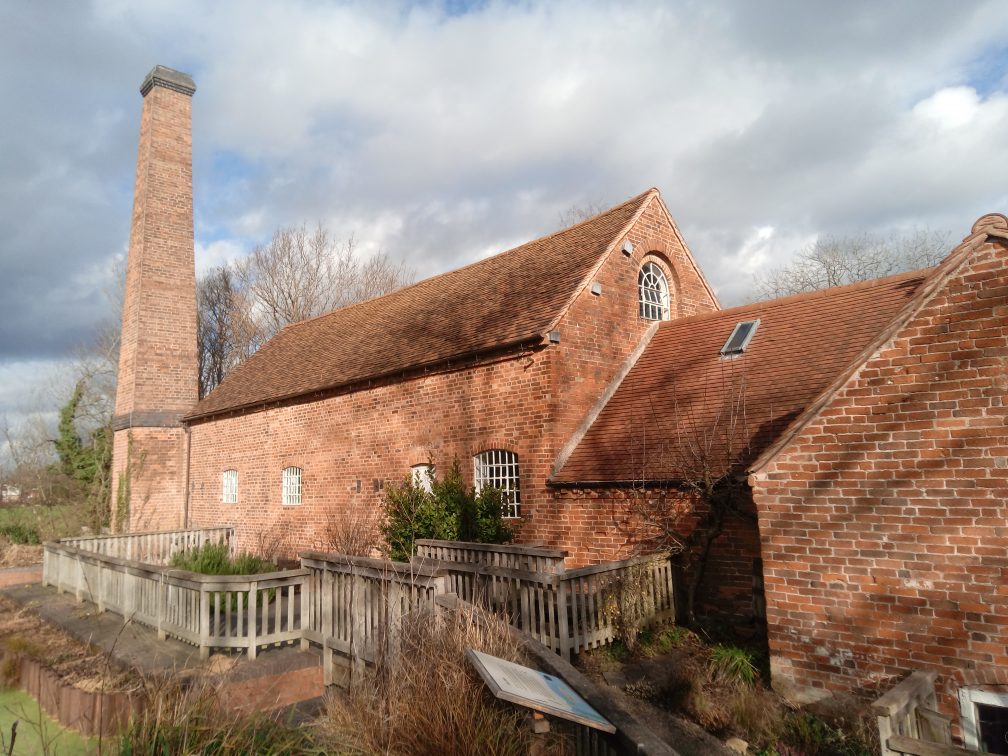“In a hole in the ground there lived a hobbit……and his name was Baggins.”
“My name is Teresa Chuah Hui-Ling. I am from Penang in Malaysia.”
What could possibly connect these two statements?
Actually, quite a lot.
The first is the opening line of ‘The Hobbit’, written in 1937 by J.R.R. Tolkien (1892-1973). This book and its sequel, ‘The Lord of the Rings’, became two of the most widely read works of English fiction in the 20th. Century. Their popularity increased a hundred-fold in this century with the release of the Oscar-winning eponymous films by Sir Peter Jackson.
Teresa Chuah is a Columban Lay Missionary from Malaysia who got to know the Columbans while living in New Zealand. She came to Britain in 2021 to join a group of our lay missionaries working with migrants and the disadvantaged.
Teresa and her companions live in an area of the city of Birmingham known as Moseley – precisely the same district where Tolkien spent a great part of his childhood, and from which he drew much of the inspiration for the people and places featured in his books.
Like Teresa, Tolkien had a deep love of nature. He liked nothing better than to wander the woods and riverbanks of Moseley, as does Teresa. He was a Catholic – Teresa too. He had a profound concern for the poor and humble – Teresa, absolutely so.
John Ronald Reuel Tolkien was born in 1892 and lived in Moseley with his widowed mother Mabel and his younger brother Hilary from 1896 until 1900. Moseley at that time was a rural hamlet on the edge of rapidly expanding industrial Birmingham. He and his brother adored the place. They constantly roamed the surrounding countryside. It was at this time that the seeds were sown for so many of the episodes that came to fruition in his literature.
Thus, Moseley inspires the concept of ‘The Shire’. The house where the Tolkiens lived, backs on to a patch of ancient woodland called Moseley Bog, which appears as’ The Old Forest’ in ‘The Lord of the Rings’. Moseley’s River Cole becomes ‘the Water’. The area of Sparkhill which rises beyond it sees the light of day as ‘The Hill’.
The tiny crossroads settlement of Sarehole is immortalized as ‘Hobbiton’. (Recalling Sarehole in a 1966 interview, Tolkien remarked how, “I loved it with an intense love….I took the idea of hobbits from the village people and children.”) The name ‘Baggins’ comes from the Buggins family who lived at Sarehole Farm. The 18th. Century Sarehole Mill is “The Old Mill” at Hobbiton. Even the fictional miller ‘Ted Sandyman’ is based on the real-life miller’s son, who used to chase away JRR and his brother, made all the more fearsome by his clothes being dusted with white flour.
“When I come to live in Birmingham I am delighted when I know about Tolkien”, says Teresa. She’d been a great fan of The Lord of the Ring films, but until then had no idea they’d been based on books! “What an embarrassment. I love these movies, but I only know the director and where HE comes from,” she laughs. (Peter Jackson is from New Zealand, where Teresa had lived for many years.)
The Tolkiens later moved to another area of Birmingham, Edgbaston, where they attended Mass at the Birmingham Oratory, famously associated with Cardinal (later Saint) John Henry Newman. Behind the Oratory rise two towers – Perrott’s Folly (part of an 18th.Century hunting lodge) and the Waterworks Tower (built in 1870) – allegedly transformed by Tolkien into “The Two Towers” of Gondor (title of the second volume of “The Lord of the Rings”).
JRR had a deep social conscience. He was always concerned about the poor and applauded initiatives to help them. One of his best-loved characters is “Sam Gamgee”, a homage to pioneering Birmingham surgeon Dr. Sampson Gamgee (1928-86).
Teresa is of the same mind. A kind-hearted and cheerful young woman, she brims over with enthusiasm as she describes the “joy, excitement” she gets, “through serving and supporting people in need.” She is an active member of her local parish, and also helps in different centres around the city, working among “people with special needs, asylum-seekers, refugees and the homeless, preparing lunches for the elderly and sorting out donations of clothing for young mums and children.”
Tolkien felt a strong relationship with nature. He regretted how his beloved woods were devoured by 20th. Century suburban sprawl. In later years he recalled his horror as he witnessed the felling of his favourite tree by Sarehole Millpond, a pain expressed at the end of “The Lord of the Rings” when Sam returns to the Shire and is inconsolable on seeing how, “they’ve cut down the Party Tree”.
Teresa closely identifies with this sentiment. She counts community garden work amongst her ministries. In common with other Columbans, she participated in the build-up to the 2021 U.N. Climate Conference in Glasgow and participated in part of the YCCN relay to COP26 in August last year.
She is immensely proud to share all these traits with JRR – his passion for the Church, the poor and the Earth, his enduring love of Birmingham.
Teresa is, in one sense, a modern-day Columban hobbit!
*Tolkien color, TuckerFTW, CC BY-SA 4.0, via Wikimedia Commons






